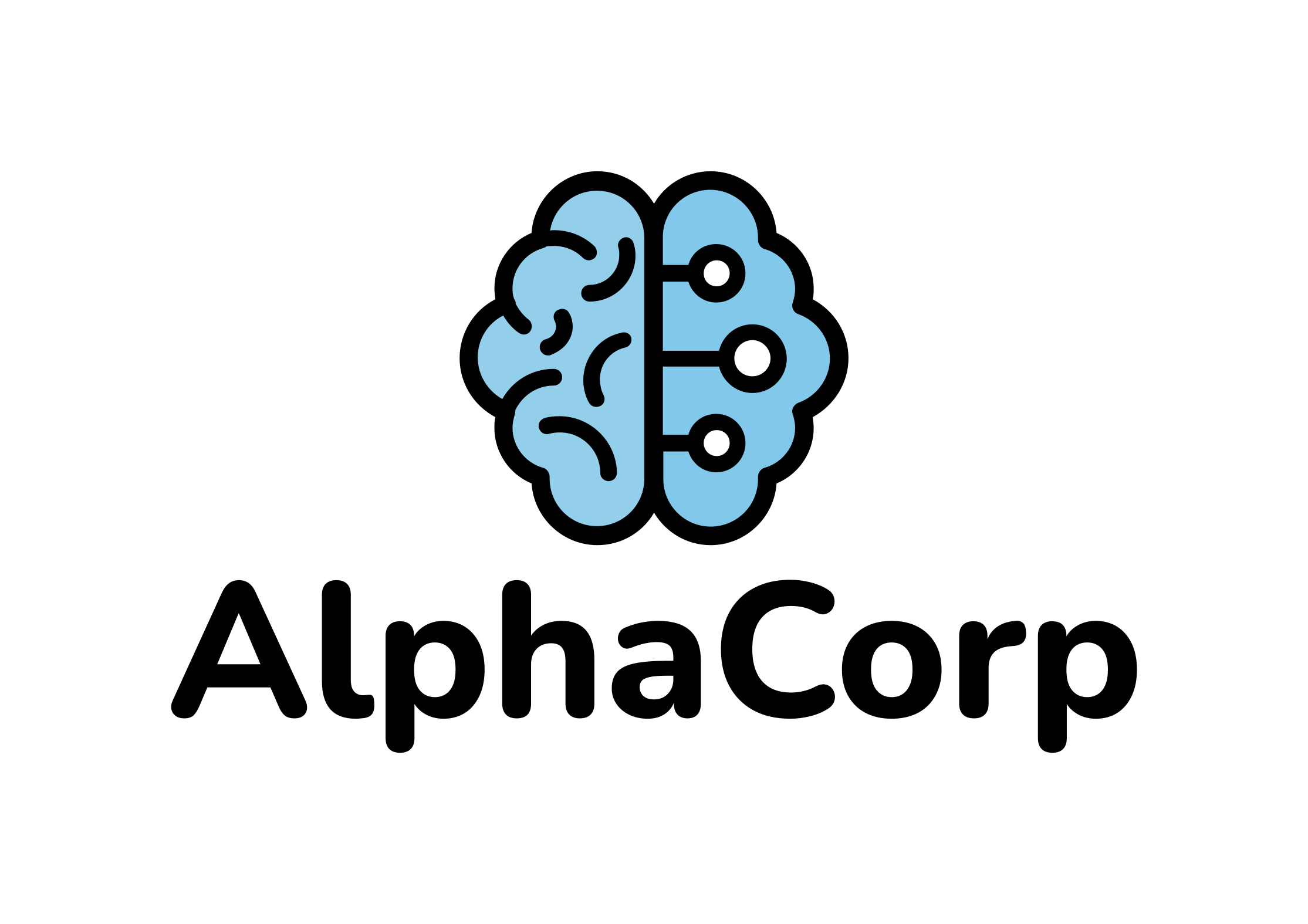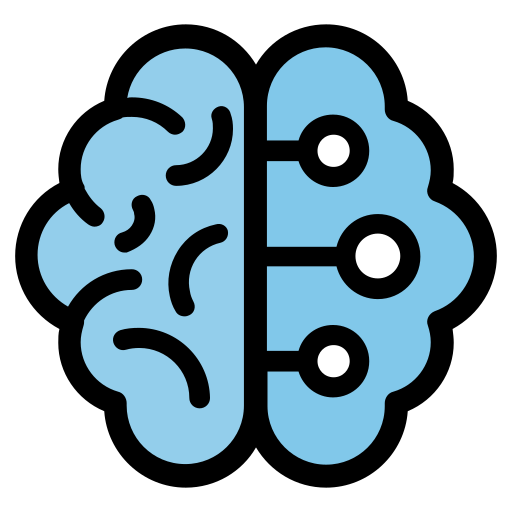With the explosion of AI tools and frameworks in 2025, choosing the right AI agent framework has become a strategic decision for developers and enterprises alike. From open-source orchestration libraries to cloud-managed agent runtimes, the ecosystem is evolving at record speed—and not every platform is ready for production demands like observability, security, and interoperability.
This guide distills the noise into a clear, evidence-based ranking of the Top 5 AI Agent Frameworks (November 2025). The selection is grounded exclusively in verified sources—official documentation, GitHub activity, cloud provider releases, and practitioner analyses. Each framework is evaluated for maturity, architecture, enterprise readiness, protocol support (MCP, A2A), and developer productivity.
Quick Answer:
Best Overall (Open-Source): LangGraph
Best for Enterprise Azure Users: Microsoft Agent Framework (AutoGen + Semantic Kernel)
Best for Secure Cloud Deployments: Google ADK + Vertex AI Agent Engine
How We Selected These AI Agent Frameworks
This ranking is not opinion-based—it’s evidence-driven. Every framework was vetted using data from official repositories, cloud documentation, and reliable practitioner reports.
Selection criteria included:
- Architectural rigor: Support for stateful orchestration, deterministic control, and checkpointing.
- Release maturity: Signed tags, release cadence, and contributor activity.
- Enterprise readiness: Security controls like VPC/VNet isolation, IAM, CMEK/KMS, and private endpoints.
- Observability: OpenTelemetry-aligned tracing, structured logs, and evaluation tools.
- Interoperability: Native support for MCP (Model Context Protocol) and A2A (Agent-to-Agent) communication.
- Developer productivity: Visual tools, templates, and debugging experiences.
Why trust this list? Because it’s built entirely on verifiable, cross-referenced data from GitHub, Microsoft Learn, Google Cloud Architecture Center, and AWS documentation—no marketing hype, no assumptions.
Comparison at a Glance
| Framework | Key Strength | Deployment Type | Protocols | Best For |
|---|---|---|---|---|
| LangGraph | Graph-based, stateful orchestration | Open-source | MCP | Teams needing deterministic control |
| Microsoft Agent Framework (AutoGen + SK) | Unified OSS + Azure managed service | Managed / OSS | MCP + A2A | Azure enterprises |
| Google ADK + Vertex AI Agent Engine | Secure, structured agent engineering | Managed | MCP + A2A | GCP enterprises |
| AWS Bedrock AgentCore | VPC isolation, managed runtime | Managed | MCP | AWS enterprises |
| CrewAI | Role-based multi-agent teams | Open-source | Limited | Rapid prototyping and CX bots |
1. LangGraph – Best Open-Source Framework for Deterministic Orchestration
LangGraph leads the 2025 landscape as the most mature open-source AI agent framework, offering graph-based orchestration with explicit state management and checkpointing. It’s ideal for teams that want transparency and control over agent behavior, without relying on closed cloud runtimes.
Key Features
- Graph-based orchestration: Agents and tools are nodes; edges control deterministic or conditional flow.
- State reducers and checkpointing: Persistent state handling with resumption and error recovery.
- LangGraph Studio: A visual IDE for debugging and flow visualization (currently Mac-only).
- LangSmith integration: Built-in tracing, testing, and cost tracking for production-ready ops.
- MCP support: Interoperability with external tools and agent networks.
Pros
- Signed releases (427+ tagged) and active community (20k+ stars).
- Deterministic orchestration suitable for complex workflows.
- Visual debugging via LangGraph Studio.
- Strong ecosystem with LangSmith and LangChain integration.
Cons
- Documentation inconsistencies noted by practitioners.
- Studio currently limited to Apple Silicon Macs.
Best For
Developer teams that need explicit, reliable control over agent behavior and state across complex, multi-step workflows.
2. Microsoft Agent Framework (AutoGen + Semantic Kernel) – Best for Azure Enterprises
Microsoft’s Agent Framework, delivered through Azure AI Foundry Agent Service, unifies two powerful open-source projects—AutoGen and Semantic Kernel—into a single enterprise-ready ecosystem. It pairs open-source flexibility with Azure’s security, identity, and observability.
Key Features
- Unified stack: Combine AutoGen’s async orchestration with Semantic Kernel’s planning and memory.
- Enterprise identity: Entra Agent ID and Azure RBAC for agent-level access control.
- Network isolation: VNet integration and private endpoints for secure deployments.
- OpenTelemetry observability: Native tracing across Azure Monitor, Functions, and Container Apps.
- Protocol interoperability: First-class MCP and A2A support for cross-agent communication.
Pros
- Seamless path from OSS prototyping to managed enterprise service.
- Strong security and governance (VNet, Entra, zero data retention).
- Frequent OSS releases (AutoGen v0.7.x, SK 1.67).
- Multi-language SDKs with signed release tags.
Cons
- Rapid API evolution can cause version drift.
- Documentation updates sometimes lag behind releases.
Best For
Microsoft-centric organizations that need enterprise-grade governance, identity controls, and observability baked into their AI agent workflows.
3. Google Agent Development Kit (ADK) + Vertex AI Agent Engine – Best for Secure Cloud-Native Engineering
Google’s Agent Development Kit (ADK), combined with Vertex AI Agent Builder and Agent Engine, offers the most structured approach to designing, evaluating, and deploying safe multi-agent systems. It’s purpose-built for developers prioritizing compliance, security, and interoperability.
Key Features
- Structured engineering model: Step-wise introspection and evaluation for agents.
- Enterprise security: VPC Service Controls, CMEK encryption, IAM identity policies.
- Safety tooling: Model Armor for prompt and sensitive data protection.
- Protocol interoperability: Full A2A and MCP support.
- Comprehensive architecture guides: Reference topologies using Cloud Run, GKE, and Agent Engine.
Pros
- Built-in safety and evaluation frameworks.
- Deep integration with Google Cloud’s security stack.
- Supports 200+ models and transparent observability.
- Ideal for compliance-heavy industries.
Cons
- Less flexible than open-source frameworks for custom orchestration.
- Managed runtime may limit low-level control.
Best For
Enterprises on Google Cloud requiring strict data governance, safety assurance, and well-documented multi-agent architectures.
View Google’s official multi-agent architecture
4. AWS Bedrock AgentCore – Best for Private, Managed Multi-Agent Deployments
AWS Bedrock AgentCore powers secure, serverless multi-agent systems with VPC isolation, PrivateLink connectivity, and OpenTelemetry-compatible observability. It’s AWS’s answer to cloud-native agent governance at scale.
Key Features
- Managed multi-agent runtime: Supervisor/worker patterns built into Bedrock.
- Network isolation: VPC and PrivateLink prevent public data exposure.
- MCP Gateway: Converts APIs and Lambda functions into MCP-compliant tools.
- Serverless scaling: Automatic resource allocation and cost tagging.
- Observability: Detailed telemetry and trace visualization.
Pros
- Strongest network isolation of any managed agent runtime.
- CloudFormation and tagging for enterprise automation.
- MCP alignment through AgentCore Gateway.
- Unified dashboards for token and cost tracking.
Cons
- Some components still in preview across regions.
- Requires AWS ecosystem familiarity.
Best For
AWS-centric enterprises needing private, compliant, and scalable multi-agent systems with first-class observability.
Read AWS’s official Bedrock AgentCore announcement
5. CrewAI – Best for Rapid Prototyping and Collaborative Teams
CrewAI simplifies agent collaboration through a “team of roles” structure—ideal for quick experimentation and customer experience automation. It’s less about low-level orchestration and more about getting multi-agent teams working fast.
Key Features
- Role-based agent teams: Define behaviors like “Analyst,” “Editor,” or “Strategist.”
- Built-in memory: Agents retain context across sessions.
- Simple API: Minimal setup and low learning curve.
- Rapid prototyping: Build and test collaborative workflows quickly.
- Integration flexibility: Works well for chatbots and CX workflows.
Pros
- Fastest path to working prototypes.
- Excellent for collaborative assistants and internal support bots.
- Lower technical barrier than graph-based frameworks.
Cons
- Limited enterprise-grade security controls.
- Less deterministic orchestration and state management flexibility.
Best For
CX teams and startups seeking quick deployment of collaborative AI assistants without deep infrastructure investment.
Compare CrewAI vs. LangGraph on LinkedIn
How to Choose the Right AI Agent Framework
Selecting the right framework depends on your organization’s platform alignment, security needs, and development style.
Ask yourself:
- Which cloud do you already operate in?
Stay within your platform (Azure, GCP, AWS) for governance and identity benefits. - Do you need deterministic control or managed simplicity?
LangGraph offers the most explicit orchestration; CrewAI emphasizes speed. - What’s your compliance posture?
For regulated sectors, choose Microsoft, Google, or AWS managed runtimes with private networking. - How important is interoperability?
Look for MCP and A2A support to future-proof your agent systems.
Pro Tip: The most resilient strategy is hybrid—prototype with open-source (e.g., LangGraph or AutoGen) and deploy production workloads on your enterprise cloud’s managed agent service.
Frequently Asked Questions
What is the best open-source AI agent framework in 2025?
LangGraph stands out as the most capable open-source option, combining graph-based orchestration, checkpointing, and visual debugging through LangGraph Studio.
Which AI agent framework is best for enterprises?
For enterprise environments, Microsoft Agent Framework (AutoGen + Semantic Kernel inside Azure AI Foundry) offers unmatched security, identity integration, and observability.
How do MCP and A2A protocols impact interoperability?
MCP standardizes how models and tools interact, while A2A handles agent-to-agent communication. Frameworks supporting both (like Microsoft, Google, and AWS) reduce vendor lock-in and simplify hybrid deployments.
Are managed agent runtimes safer than open-source ones?
Managed services like Azure AI Foundry, Vertex AI Agent Engine, and AWS AgentCore offer stronger network isolation (VPC/VNet) and compliance controls, making them safer for regulated workloads.
Which framework is best for beginners?
CrewAI offers the easiest entry point—its role-based abstraction allows you to build functional multi-agent teams without deep orchestration logic.
Conclusion
In 2025, the AI agent framework landscape is mature, diverse, and enterprise-ready.
- LangGraph leads for open-source teams needing deep orchestration control.
- Microsoft Agent Framework dominates Azure enterprise deployments.
- Google ADK + Vertex AI excels in security and structured engineering.
- AWS Bedrock AgentCore wins for private, scalable agent runtimes.
- CrewAI shines for speed and simplicity in collaborative use cases.
If you’re just starting, begin with CrewAI or LangGraph to explore agentic design. For enterprise deployment, align with your existing cloud provider’s managed service for maximum governance and interoperability.
Ready to get started? Explore LangGraph’s latest v1.0 release on GitHub or deploy your first managed agent via Azure AI Foundry—and bring your AI agents from prototype to production.

